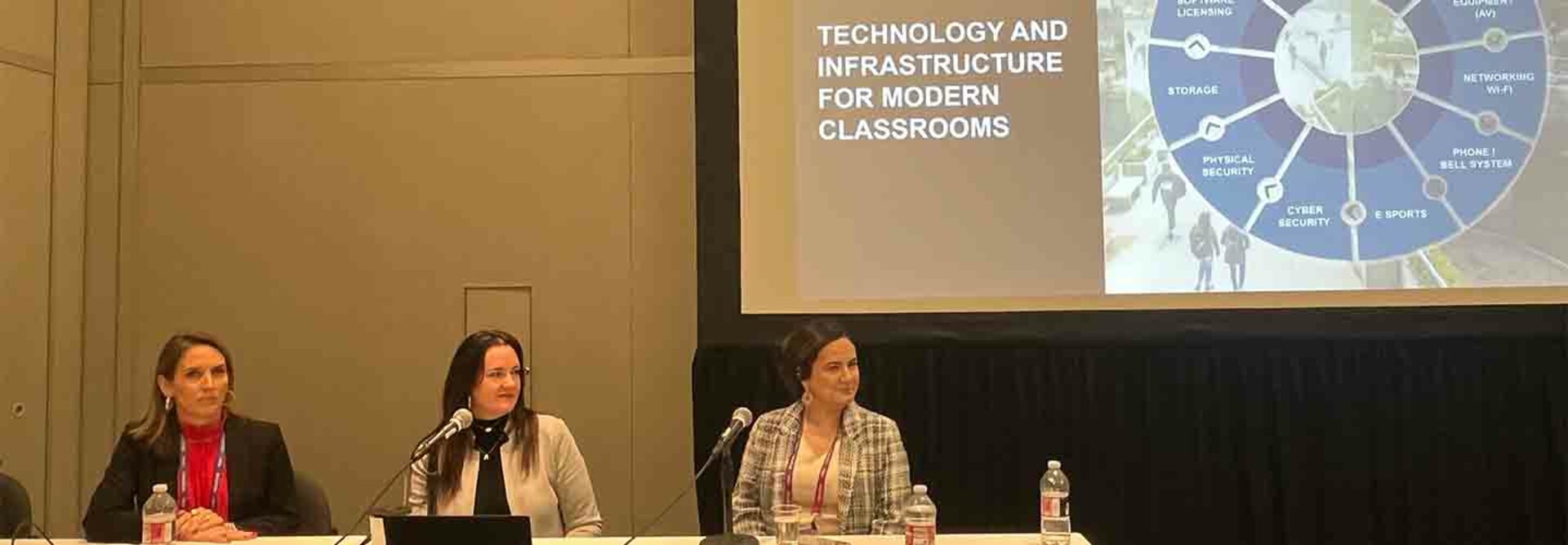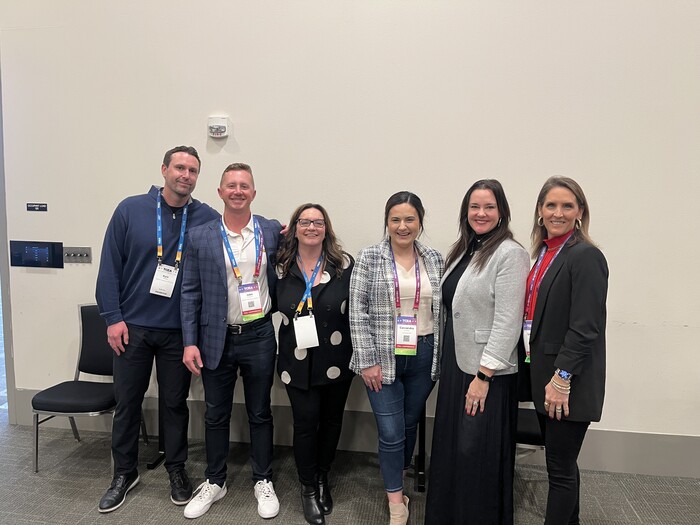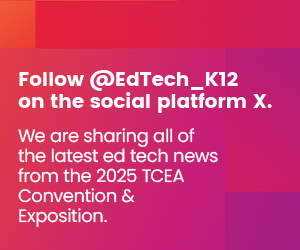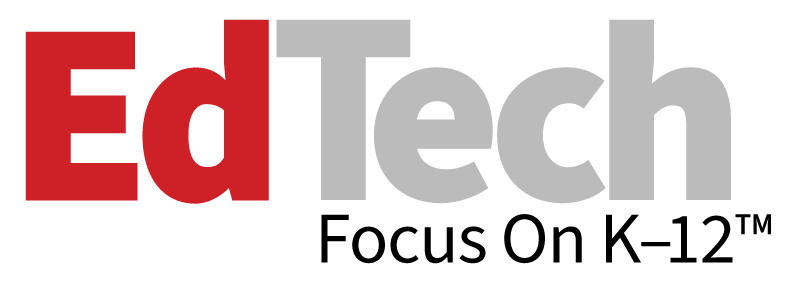The IT leaders shared the challenges of maximizing budgets while integrating emerging technologies and ensuring that students and teachers have access to secure, reliable devices.
Procuring Modern Ed Tech in an Era of Expanding Technology Needs
“If we want to produce 21st-century learners, we can’t do that with dirty, old and broken technology,” Teamann said.
To equitably provide students and educators with the technologies they need, panelists said IT leaders must address the very real constraints of budgets and staffing. Additionally, they explained that purchasing technology means more than the one-time sticker price of the original items, it also includes the total cost of ownership over the lifecycle of these technologies.
“When you start looking at things like break/fix alone,” Gosch began. “If I'm trying to do that in-house — and I've done it — and the only way I can keep up with it is for us to add 10, 15 or 20 more employees, you start to add that cost in there. Now I have to buy parts. Now I have to have a place to put them. The costs start to add up.”
DIG DEEPER: Learn why more schools are modernizing their approach to procurement.
Salinas added, “These days it’s not enough to be one-to-one. You almost need to be two-to-one or three-to-one because you have to have hot swaps ready for loaners; extra Chromebooks for testing; or spares for parents, registration or other events.”
Salinas said that when she was helping to design a new elementary school, she had to ensure that the technology matched a more modern approach to learning. She added that purchasing and managing devices in addition to addressing school safety and cybersecurity technologies would not have been possible without leasing.
“I wanted to focus on ensuring mobility,” she said. “For me, thinking through future proofing, it was important not to tie students to the classroom and tables, but be flexible about where they're learning.”

















